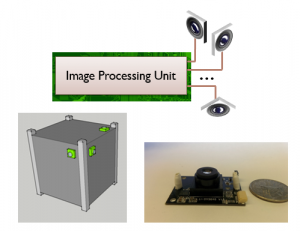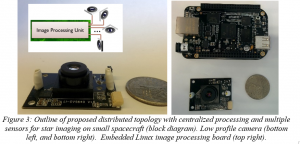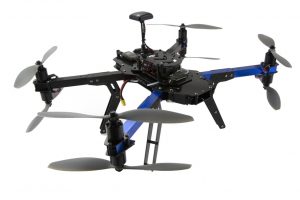Motion Capture using Inertial Sensors
We are developing wearable motion capture devices using inertial measurement units (IMUs). Our focus is on shoulder health, specifically monitoring stresses and providing feedback to the user in order to help prevent injury. Another application is in physical therapy guidance. The following two videos illustrate how the device can capture the arm’s orientation as a function of time.
The subject is performing four repetitions of an external rotation with the arm elevated to 90 degrees. The second video shows the three-axis accelerometer and gyroscope measurements, along with a replay of the arm’s orientation (shown as the device’s three orthogonal axes).




